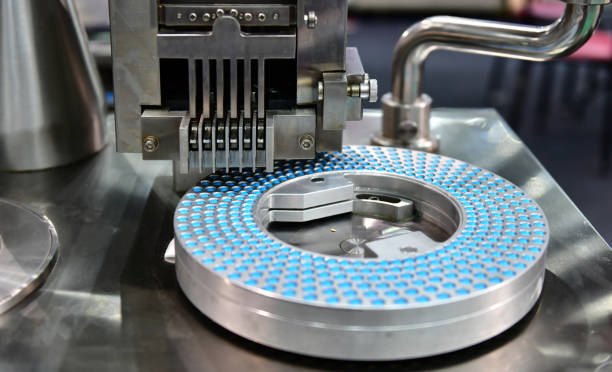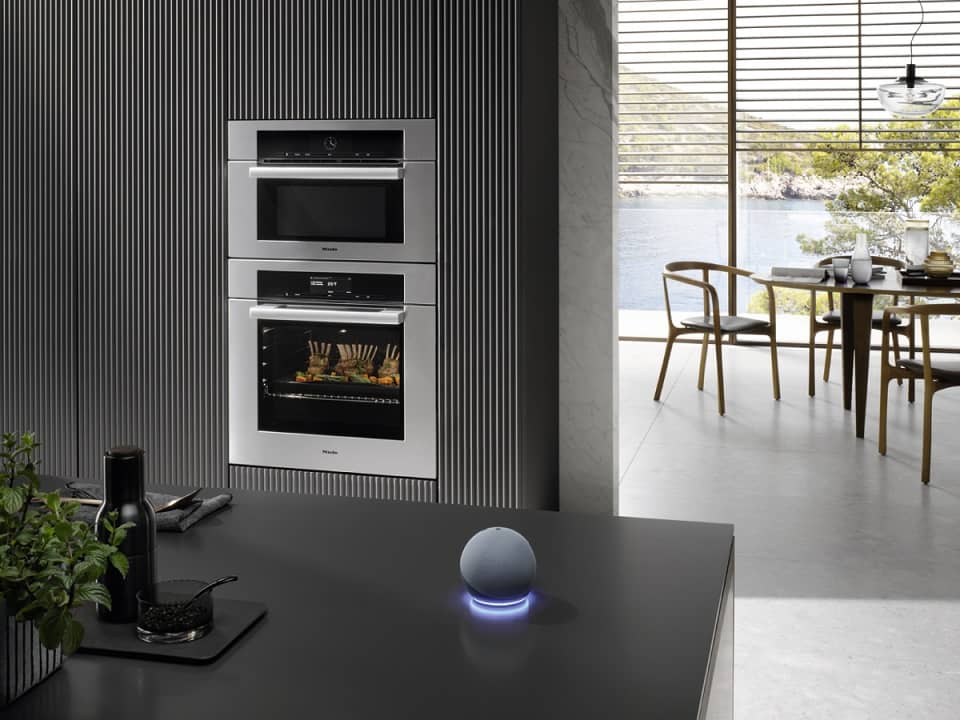Pharmaceutical company improves OEE by 10% in 6 months by achieving maintenance excellence





Improving OEE | Digitalization | IIoT Solution | Advanced Analytics | MLOps | Preventive Maintenance | Digital Transformation
Otofacto managed OEE improvement (Overall Equipment Effectiveness) of a client, Miele.
Table of contents

Miele is a German-based manufacturer. Widely known for its range of premium household appliances, including washing machines, dishwashers, refrigerators, ovens, vacuum cleaners, and more.
The company’s product portfolio caters to both residential and commercial markets, offering state-of-the-art solutions that enhance everyday life and meet the needs of various industries. In the 2021 financial year the company achieved sales of 4.84 billion euros and employed around 22,000 people worldwide.
Our client uses plasma glazing machines for coating parts that are installed in ovens. These glazing machines can cause different defect patterns during the coating process causing rejects that cannot be sold to customers.
To uncover why certain defect patters arise, an in-depth analysis of the machine data was needed.
Initially, the data was stored in many distributed Excel sheets. Hence, each of the data sources were disconnected, and had to be assessed sequentially directly on the production site. It was also not feasible to connect different data sources like
These circumstances cause extremely time-consuming investigations in case of errors for the process engineers and very limited insights due to disconnected data.
In order to overcome these shortcomings and improve OEE we facilitated a comprehensive analysis, we set up an IIoT System evolving from a solid data base over tools for statistical analysis to a profound self-service analytics environment.

To make all kind of data from different machines and formats available in one place, the first step was to consolidate data within Databricks for big data analysis.
To achieve this step, machines were connected to a server, that controls the data stream to the cloud. Also, data that was manually stored in Excel sheets or different isolated databases was then loaded to the cloud using Databricks and Azure Data Factory as services for scalable high performance data transfers.
Data from the production site is streamed to the cloud in real time while some other data sources (e.g., overall equipment effectiveness data) with a slower update rate are now, refreshed batch wise once per day.
To gain the most insights from the consolidated database, Databricks offers a variety of different computing clusters ranging from very small units with one node and modest computing power and storage to very powerful clusters with many workers, terabytes of ram, and extensive scalability options.
Independent of the size, a cluster can be created and started within minutes and shut down after achieving the purpose. Thus, we setup a Databricks environment to make extensive statistical analysis possible and foster applications of machine learning.
The analysis highlights various quick wins and/or pain points which are utilized advantageously. Furthermore, our IAT analyses the technical aspects from the collected data and provides valuable insights to the end-users, people on the shopfloors.
A very important aspect of successful IIoT system development is to guarantee scalability. In the case of our client, we started a PoC with only one glazing machine while in the final production environment, there were seven machines connected to the cloud environment!
To keep the system performant, our IIoT reference architecture includes only highly flexible and scalable services which allows us to extend the initial PoC in a short time with a minimum of cost.
The following aspects were key to enable fast and easy scaling:
Our standardized approach to IIoT To help our client creating an easily extensible and rapidly scalable IIoT solution, we used our IIoT refence architecture, which can be easily customized to meet our customer’s unique needs. It provides an end-to-end solution from raw machine data to be structured, individually tailored insights to rigorously improve processes. To adapt to certain use cases, it provides a lot of flexibility in terms of additional services and scalability.
Once the overview of the seven connected machines, in the next step self-service was enabled.
To bring the power of statistical analysis to the process engineers of our client, we built interactive dashboards to investigate different data sources on a multitude of different levels of granularity. This allows us to compare e.g., similar charges or search for failure patterns in overall equipment effectiveness data in different temporal resolution.
The tool of choice was in this case PowerBI, which integrates seamlessly with the Azure cloud environment and allows to host resulting dashboards in an online environment where process engineers can access them quickly.
One of our core value proposition is to provide solutions to our clients and not just vague data and dashboards. Hence, our advanced team boils the insights down to actionable steps that can be implemented by the engineers. Since, our teams comes from both the worlds, IT and OT, effective communication is never an issue.
➡️ Read about our ecosystem and how our teams function across the ecosystem.


In addition, to improve OEE further we used clusters along with Machine learning, commonly known as MLOps. This allowed us to enable anomalies detection and preventive maintenance.
Thereby, digitally transforming our clients production!
The client witnessed by the end of the project:
No doubt, for the client the opportunities were exploited and pain points resolved. However, it is important to note that the digital transformation will have further long-term benefits that the client will continue to reap, such as improved competitiveness, ability to maneuverer their processes, increased visibility, improved production etc.